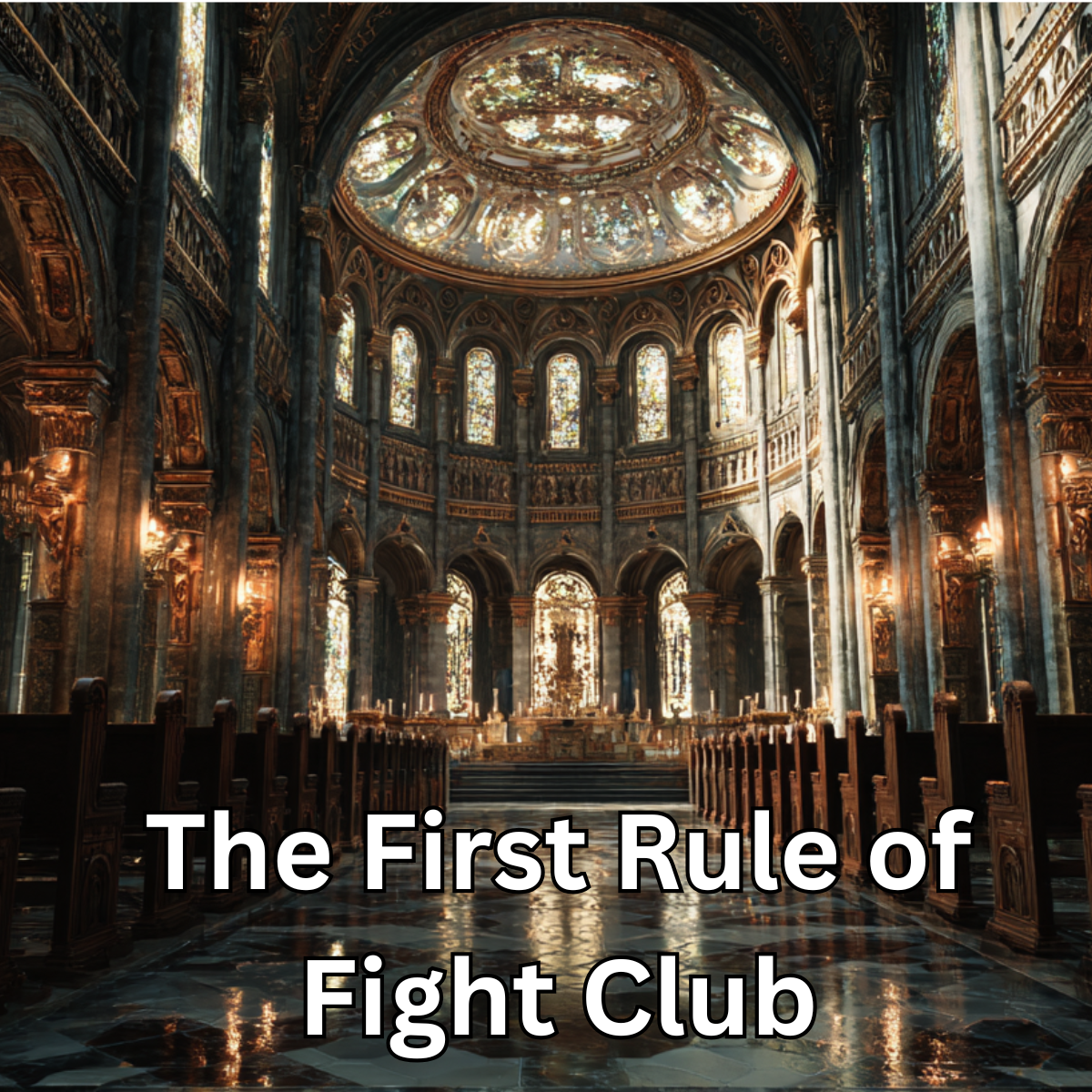This is going to be a rapid fire series of concepts designed to highlight one singular idea. The best way to start is to provide the same guidance that Jack’s alter ego, Tyler Durden, told him in their first real encounter.
Tyler tried to teach him that, in order for their Fight Club to catch on, they had to create mystique, forge their identity through exclusivity, and protect the essence of the thing from outside scrutiny. Jack was amazed at how fast the Fight Club idea spread throughout the country.
When something powerful is forming, its power is often in its secrecy. Talking too early diffuses the energy; it invites interpretation, dilution, and resistance before the thing is strong enough to stand on its own.
Secrecy creates in-group and out-group dynamics, heightening commitment among those “in the know.” Explaining a concept before it’s fully formed can lock it into a form too early—or worse, kill it with unhelpful input. Chuck Palahniuk, author of Fight Club, knew this instinctively. The power was in not saying; in making people curious; in letting action define it—not discussion.
Sun Tzu, in The Art of War, declared one principle that has always stuck with me:
“Let your plans be dark and impenetrable as night, and when you move, fall like a thunderbolt.”
Sun Tzu emphasizes deception, strategic opacity, and the power of surprise. If your adversaries—or even allies—can’t predict your actions, you maintain control and initiative. In business, this translates to stealth innovation, controlled messaging, and timing your reveal for maximum impact.
A book that has been on my shelf forever is The 48 Laws of Power by Robert Greene. In this book, he outlines several laws. Interestingly enough, four of his laws repeat this same concept in different ways:
Law 3 – Conceal your intentions. Law 6 – Court attention at all costs. Law 17 – Keep others in suspended terror: cultivate an air of unpredictability. Law 30 – Make your accomplishments seem effortless.
Each one of these laws is an entire chapter by itself, but Greene synthesizes historical anecdotes to demonstrate how power is amplified by mystique, restraint, and the manipulation of perception. The point is that over-disclosure weakens your position; instead, control the narrative through selective truth and strategic ambiguity.
Another great book on this topic is by Robert Cialdini. In 1984, he published Influence: The Psychology of Persuasion. I really do not hear about this book that often, but it was a masterpiece in my opinion. The general idea is that people are more persuasive when they project certainty and vision rather than inviting scrutiny into their process.
One concept that I took from this book and use frequently is his idea on scarcity. In my work life, I have frequently tried to create a sense of scarcity around my availability, especially with customers. You would think that you should always be available at all times. However, that is not true. When you create the impression of scarcity, you dramatically increase your perceived value. In effect, people will pay you more when they feel that you are a scarce resource.
Keeping things under wraps isn’t just about secrecy; it’s about strategic narrative control. You direct attention where you want it, shape perception with intention, and protect the integrity of your vision from being diluted by complexity or early criticism.
When you show too much of the scaffolding, people mistake it for the structure. Let them marvel at the cathedral, not the construction site.
So I will leave you with this final thought to remember this principle by: “The first rule of Fight Club is: you do not talk about Fight Club.”




